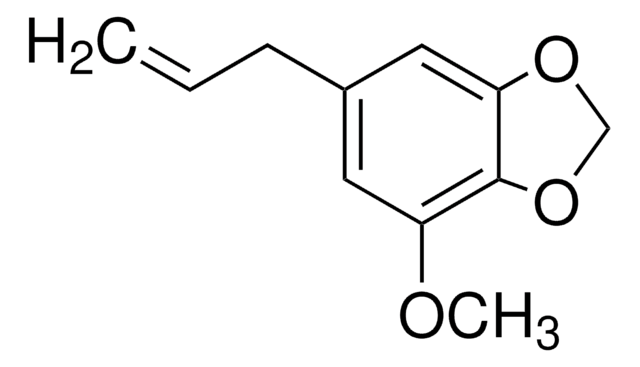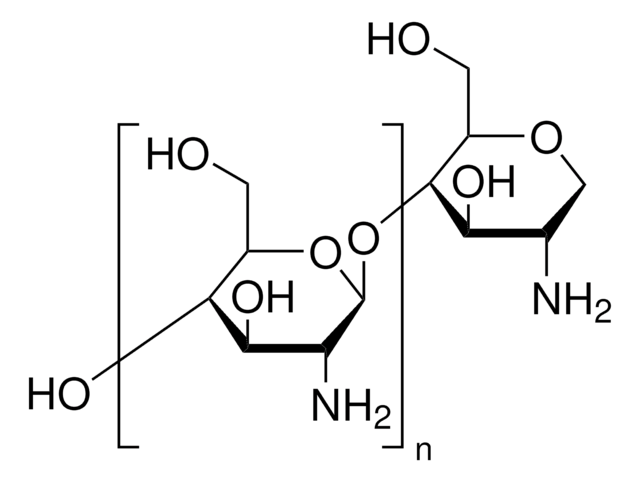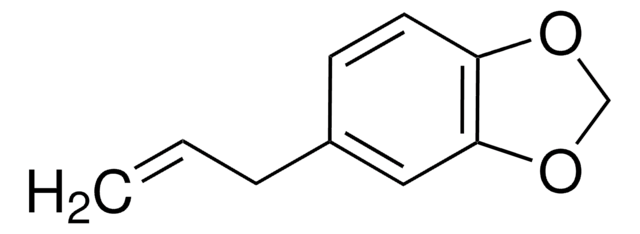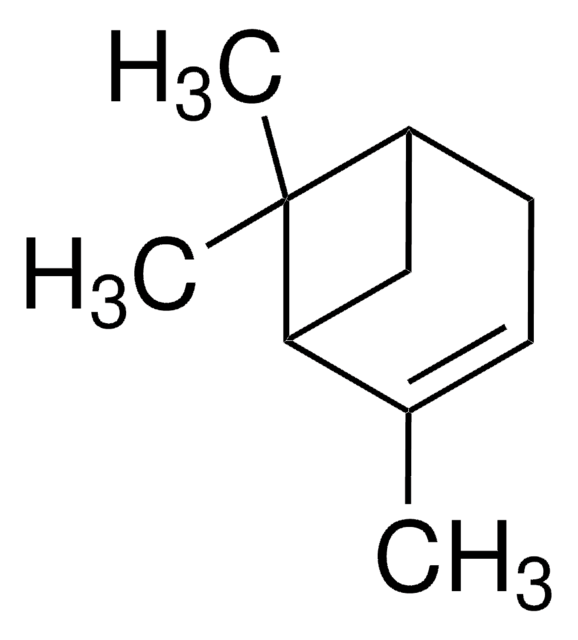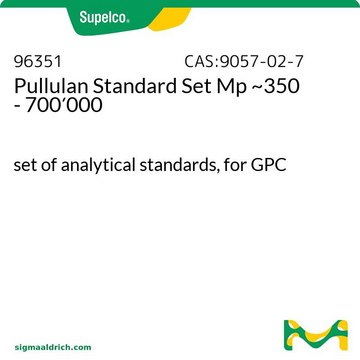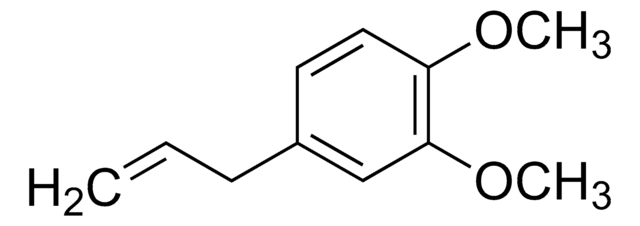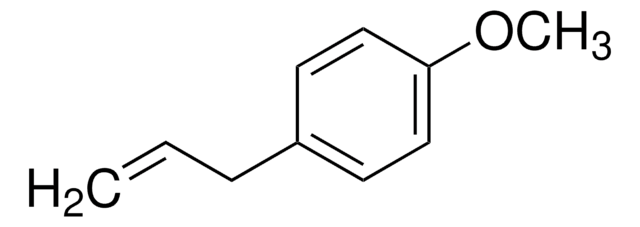09237
Myristicin
analytical standard
Sinonimo/i:
5-Allyl-2,3-(methylendioxy)anisole, 6-Allyl-4-methoxy-1,3-benzodioxole
About This Item
Prodotti consigliati
Grado
analytical standard
Livello qualitativo
Saggio
≥97.0% (GC)
Durata
limited shelf life, expiry date on the label
tecniche
HPLC: suitable
gas chromatography (GC): suitable
applicazioni
food and beverages
Formato
neat
Temperatura di conservazione
2-8°C
Stringa SMILE
COc1cc(CC=C)cc2OCOc12
InChI
1S/C11H12O3/c1-3-4-8-5-9(12-2)11-10(6-8)13-7-14-11/h3,5-6H,1,4,7H2,2H3
BNWJOHGLIBDBOB-UHFFFAOYSA-N
Cerchi prodotti simili? Visita Guida al confronto tra prodotti
Descrizione generale
Applicazioni
- Leaf extracts of parsley, dill, and celery grown in microwave fields using high-performance thin-layer chromatography (HPTLC).
- Rat urine samples using gas chromatography coupled to mass spectrometry (GC-MS).
- Human serum samples using gas chromatography (GC) with flame ionization detection (FID).
Confezionamento
Prodotti consigliati
Avvertenze
Warning
Indicazioni di pericolo
Consigli di prudenza
Classi di pericolo
Aquatic Chronic 3 - Repr. 2 - STOT SE 3
Organi bersaglio
Central nervous system
Codice della classe di stoccaggio
10 - Combustible liquids
Classe di pericolosità dell'acqua (WGK)
WGK 3
Punto d’infiammabilità (°F)
Not applicable
Punto d’infiammabilità (°C)
Not applicable
Dispositivi di protezione individuale
Eyeshields, Gloves
Scegli una delle versioni più recenti:
Possiedi già questo prodotto?
I documenti relativi ai prodotti acquistati recentemente sono disponibili nell’Archivio dei documenti.
I clienti hanno visto anche
Il team dei nostri ricercatori vanta grande esperienza in tutte le aree della ricerca quali Life Science, scienza dei materiali, sintesi chimica, cromatografia, discipline analitiche, ecc..
Contatta l'Assistenza Tecnica.